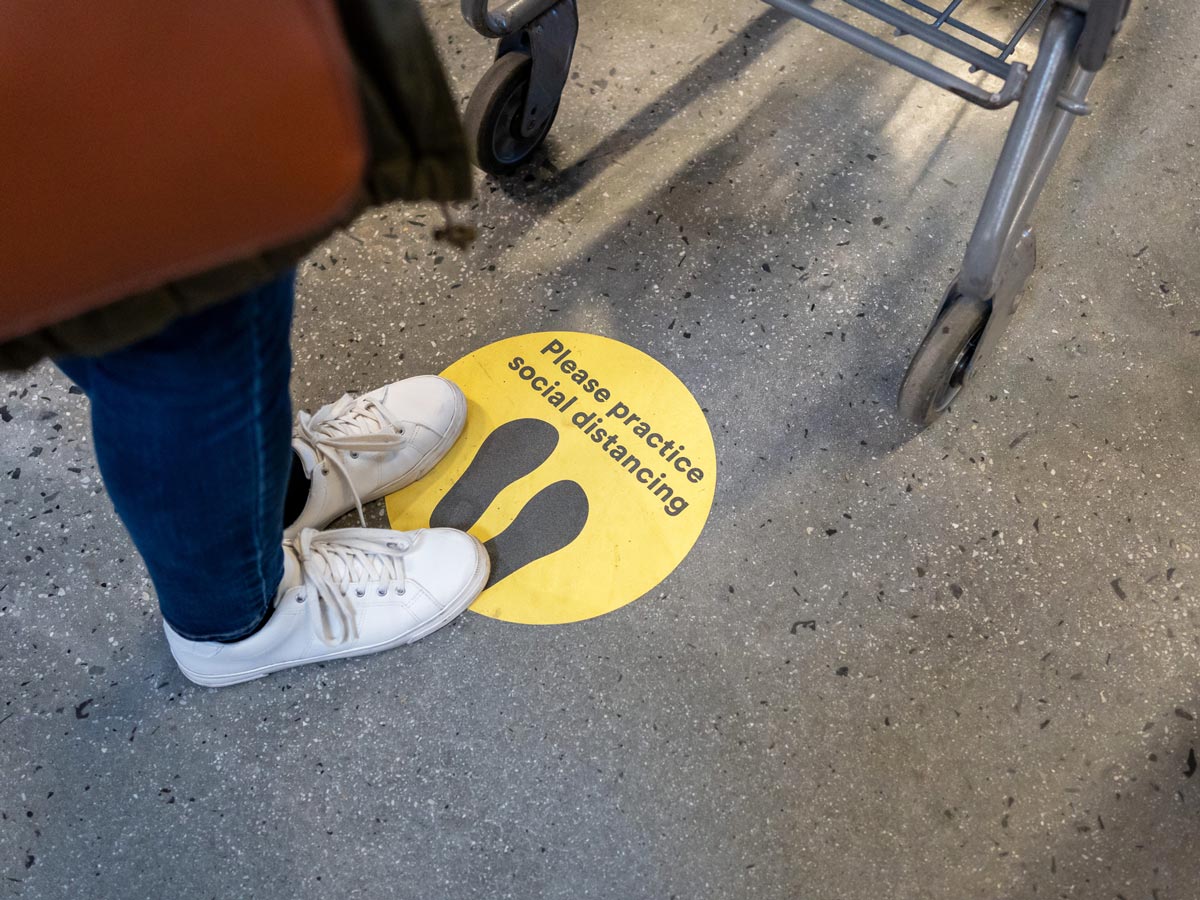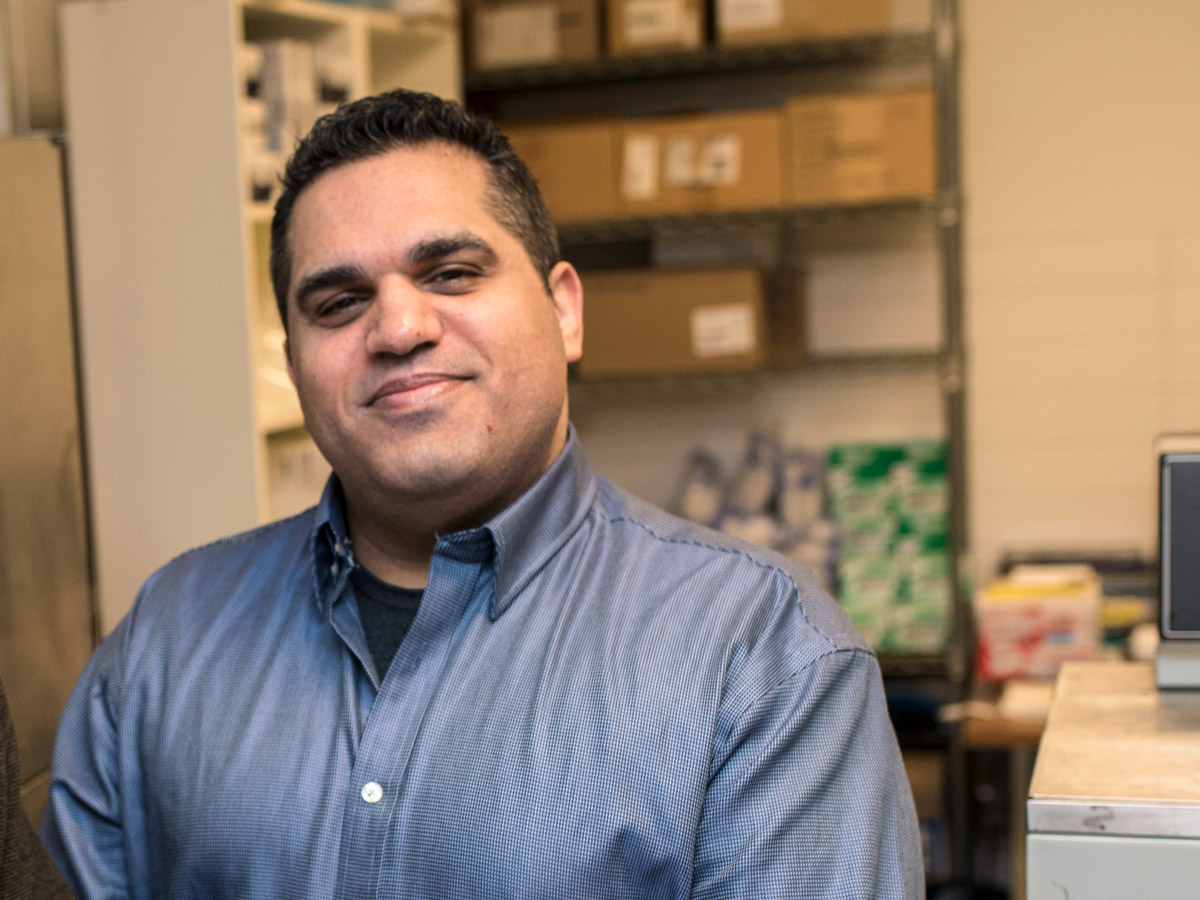Researchers propose way of improving communication around physical distancing

A research team led by Ryerson University professor Nick Bellissimo has proposed a new way of creating government messaging to encourage people to practice physical distancing during the COVID-19 outbreak.
As part of an ongoing project, the researchers adapted a consumer research technique called mind genomics to identify different groups in society based on what they think about the pandemic in two studies conducted in Canada and the United States. The team then used the method to create targeted messages that would appeal to these mindsets.
Professor Bellissimo of the School of Nutrition is collaborating with Howard Moskowitz, PhD, who pioneered mind genomics in the 1970s, and professor Gillie Gabay of The College of Management Academic Studies in Israel. The researchers argue that their technique is much faster at creating effective messaging than current methods being used by authorities around the world, and that it is more sensitive to variations within a population.
“Nobody is really figuring out the exact messaging of what to say and to whom around COVID-19 and physical distancing,” said professor Bellissimo. “It’s almost a blanket approach, with one message across the board that they hope resonates. What we’re doing, using this methodology, is coming up with very targeted messaging for each of the mindsets that we identify.”

Professor Nick Bellissimo specializes in research into nutrition and diet but is now contributing to global efforts to tackle the COVID-19 pandemic.
Pivoting from food to health care
Under normal circumstances, professor Bellissimo’s research focuses on nutrition and diet, and over the past year, he and Moskowitz have been working on ways for dieticians to improve their understanding of their patients. However, the pair decided to contribute to global efforts to tackle COVID-19 by switching their attention to messaging associated with the pandemic.
“I think the solution to getting things back to normal is figuring out ways to encourage people, and to give them the right messages, so they practice physical distancing,” said professor Bellissimo.
The mind genomics methodology involves interviewing people using carefully crafted combinations of messages, termed vignettes, that reveal participants’ beliefs and opinions on various issues without them being able to guess the aim of the study. Artificial intelligence technology then processes the data and identifies the participants’ different mindsets.
“You actually can’t game this technique, so we know we’re collecting cognitively rich and scientifically unbiased data,” said professor Bellissimo.
In their studies conducted in Canada and the US, the researchers discovered three distinct mindsets: “tell me what to do”, “pandemic onlookers” and “bow to authority”. The data indicated which messages would appeal to these mindsets, as well as which organizational body within a country would be most effective at communicating with them, for example the clergy, government or media.
“We have a new way of categorizing people, not by who they are but how they think about the specifics of their life,” said Moskowitz.
Of the three groups, the team says “tell me what to do” is the most difficult group to communicate with as there are few messages that will encourage them to comply with physical distancing, despite the fact that this group is most receptive to advice.
The two studies each took three hours to complete in total. The researchers argue that governments currently take many weeks to produce messages.
“If you can find out what people think in two hours, and know what to say and be able to iterate in less than a week, then you have a way of helping the entire world,” said Moskowitz.
Studies will now be conducted in the UK, Germany, Israel, Palestine, Italy and Spain, with more planned in other countries. The team will also approach authorities in Canada and overseas to discuss the project and its findings.